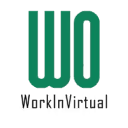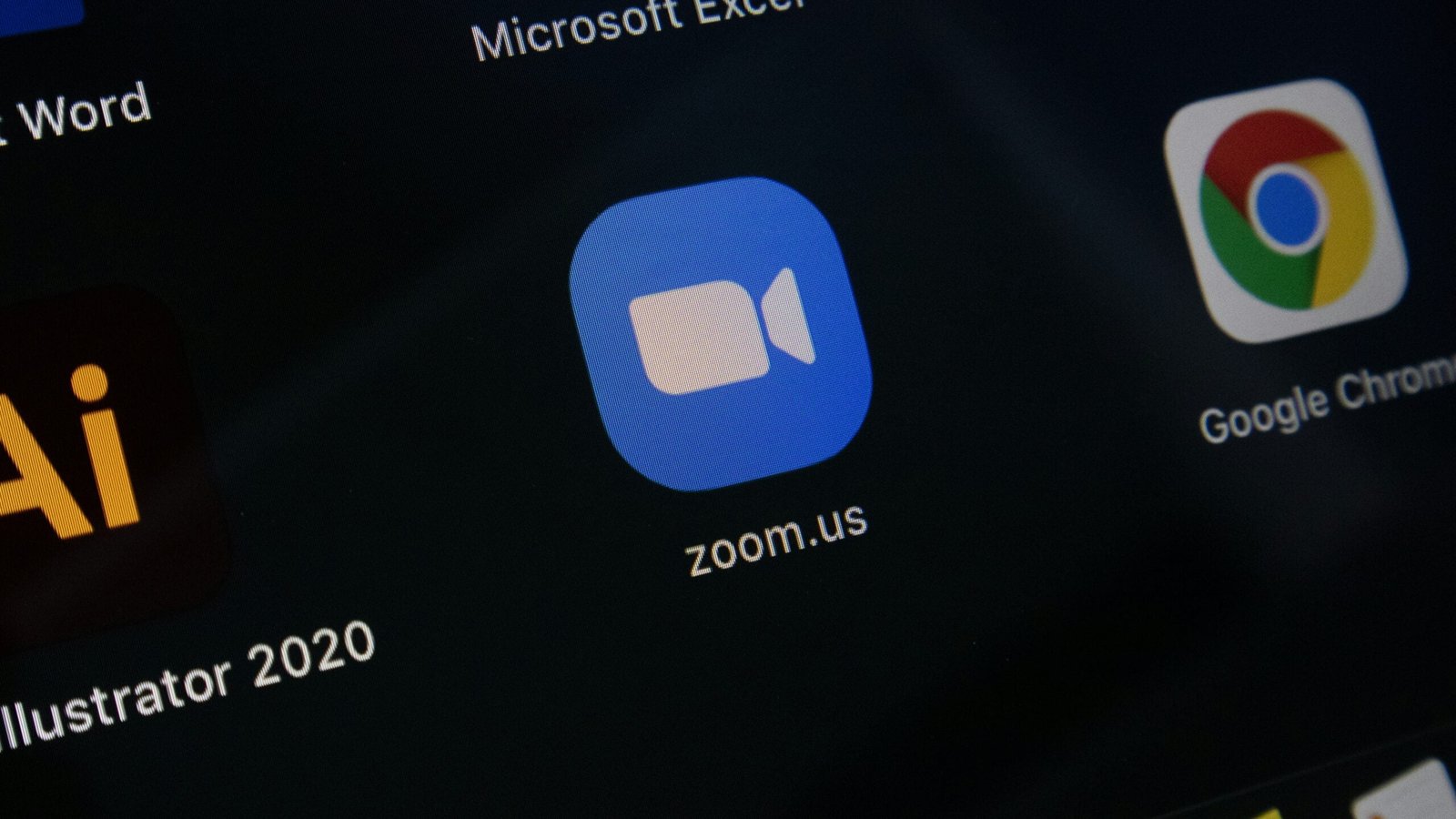Introduction to Remote Work in Design and Marketing
The landscape of work has undergone significant transformation over the past few decades, with remote design and marketing roles becoming increasingly prevalent. Historically, professionals in these creative careers were tethered to physical office spaces, relying on in-person collaboration and access to specialized tools and resources. However, the advent of advanced technologies – from high-speed internet and cloud-based software to collaborative platforms and digital communication tools – has dramatically reshaped how work is conducted in these fields.
Technological advancements have enabled designers and marketers to transcend geographical boundaries, allowing them to engage with clients, colleagues, and projects from virtually anywhere. This shift has been particularly pronounced in the wake of the COVID-19 pandemic, which accelerated the adoption of remote work practices across numerous industries. As organizations and individuals adapted to this new paradigm, the demand for remote jobs surged, revealing a host of benefits associated with this model.
One of the most significant advantages of remote work in design and marketing is the unparalleled flexibility it offers. Professionals in these roles can tailor their work schedules to suit personal preferences and lifestyles, fostering a more balanced approach to career and personal life. Moreover, remote work opens doors to a global talent pool, enabling companies to tap into diverse skill sets and perspectives that may not be available locally. This global access not only enhances the quality of work but also promotes a more inclusive and innovative work environment.
Additionally, the ability to work remotely can lead to increased job satisfaction and productivity. Without the constraints of daily commutes and rigid office hours, individuals can allocate their time more efficiently, focusing on delivering high-quality outcomes. As a result, both employers and employees stand to benefit from the remote work model, which has firmly established itself as a viable and often preferred option in the realms of design and marketing.
The Benefits of Creative Freedom in Remote Roles
Remote design and remote marketing roles offer a level of creative freedom that traditional office settings often cannot match. One significant advantage is the ability for professionals to curate personalized work environments. By setting up a workspace that aligns with their personal preferences and working styles, designers and marketers can enhance their productivity and creativity. This flexibility allows for a more harmonious work-life balance, which can lead to higher job satisfaction and improved mental well-being.
Another notable benefit of remote work is the freedom to embrace unconventional work hours. Creative careers often require bursts of inspiration that do not always align with the typical 9-to-5 schedule. Remote roles empower individuals to work during their most productive times, whether that’s early in the morning or late at night. This flexibility can lead to more innovative and effective outcomes, as professionals are able to harness their peak creative periods without constraint.
Furthermore, remote work enables designers and marketers to draw inspiration from a variety of diverse surroundings. Whether working from a bustling café, a quiet library, or a serene beach, the change of scenery can provide fresh perspectives and new ideas. This exposure to different environments can significantly enrich the creative process, fostering more original and compelling design and marketing solutions.
Overall, the creative freedom afforded by remote roles can lead to a more dynamic and effective approach to design and marketing. By allowing professionals to tailor their work environments and schedules to their unique needs, and by encouraging inspiration from diverse sources, remote design and remote marketing roles can drive innovation and enhance the quality of creative outputs. This flexibility not only benefits the individual but can also lead to more successful project outcomes and greater client satisfaction.
Challenges and Solutions in Remote Design and Marketing
Remote design and marketing roles offer unparalleled creative freedom, yet they come with their own set of challenges. Communication barriers are a significant concern, as remote teams may struggle with the lack of face-to-face interaction. This often leads to misunderstandings and delays in project timelines. To mitigate this, it’s crucial to utilize collaborative tools such as Slack, Zoom, and Trello. These platforms enable seamless communication and facilitate real-time collaboration, ensuring that everyone is on the same page.
Time zone differences present another hurdle. Coordinating meetings and project deadlines can be complex when team members are scattered across the globe. One effective strategy is to establish a shared calendar that highlights overlapping working hours. Tools like World Time Buddy can also help in scheduling meetings at times that are convenient for all parties involved. Additionally, setting clear expectations regarding response times can alleviate the stress caused by time zone disparities.
Feelings of isolation are common among remote workers, impacting both their productivity and morale. To combat this, it’s essential to foster a sense of community. Regular virtual team-building activities, such as online games or informal video chats, can help build rapport among team members. Creating dedicated channels for non-work-related conversations in communication platforms can also provide a space where employees can connect on a personal level.
Effective project management is another cornerstone of successful remote design and marketing careers. Utilizing project management tools like Asana or Monday.com can streamline task assignments, track progress, and ensure accountability. These tools allow teams to visualize project timelines and milestones, making it easier to manage complex projects remotely.
Finally, maintaining a work-life balance is essential for remote professionals. Encouraging regular breaks, setting boundaries for work hours, and promoting a healthy work environment can significantly enhance overall well-being. Remote design and marketing roles demand a proactive approach to overcoming challenges, but with the right strategies, remote teams can thrive and achieve remarkable success.
Future Trends and Opportunities in Remote Creative Work
The landscape of remote design and marketing roles is evolving at an unprecedented pace, driven by technological advancements and shifting work paradigms. One of the most significant trends shaping the future of remote creative careers is the increasing integration of artificial intelligence (AI) and automation. AI tools are revolutionizing how designers and marketers operate, from automating repetitive tasks to providing deep insights through data analysis. These technologies not only enhance efficiency but also open up new realms of creativity by allowing professionals to focus more on strategic and innovative aspects of their work.
Another noteworthy trend is the growth of the freelance and gig economy. The flexibility and autonomy offered by freelance roles are becoming increasingly appealing to creative professionals. Platforms like Upwork and Fiverr have made it easier for designers and marketers to find remote opportunities that match their skills and preferences. This shift is leading to a more diversified and dynamic workforce, where individuals can build a portfolio of varied experiences, enhancing their expertise and marketability.
Moreover, the development of new remote work technologies is set to further transform the creative industry. Advanced collaboration tools, virtual reality (VR) workspaces, and enhanced communication platforms are bridging the gap between remote and in-office work environments. These innovations facilitate seamless collaboration, ensuring that remote teams can work together as effectively as their on-site counterparts. As these technologies mature, they will offer even greater opportunities for creative professionals to collaborate globally, bringing diverse perspectives and ideas into their projects.
For those looking to advance their careers in remote design and marketing, staying abreast of these emerging trends is crucial. Continuous learning and adaptation are key to remaining competitive in this rapidly evolving landscape. Embracing new tools, expanding one’s skill set, and seeking out diverse experiences can help professionals not only keep pace with industry changes but also leverage them to their advantage. The future of remote creative work is brimming with possibilities, and those who are prepared to innovate and adapt will find numerous opportunities to thrive.



